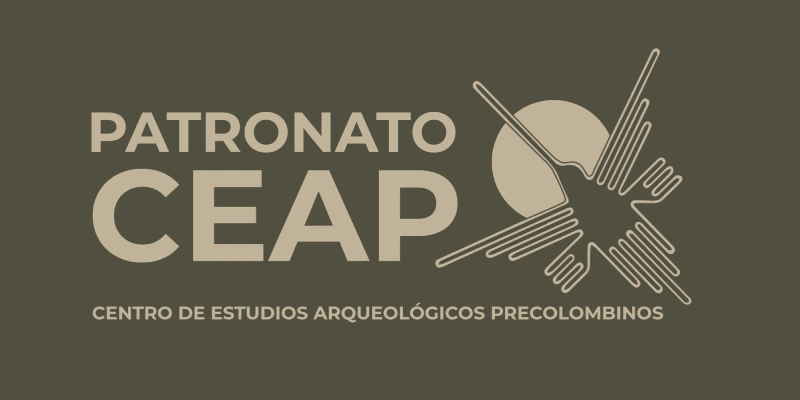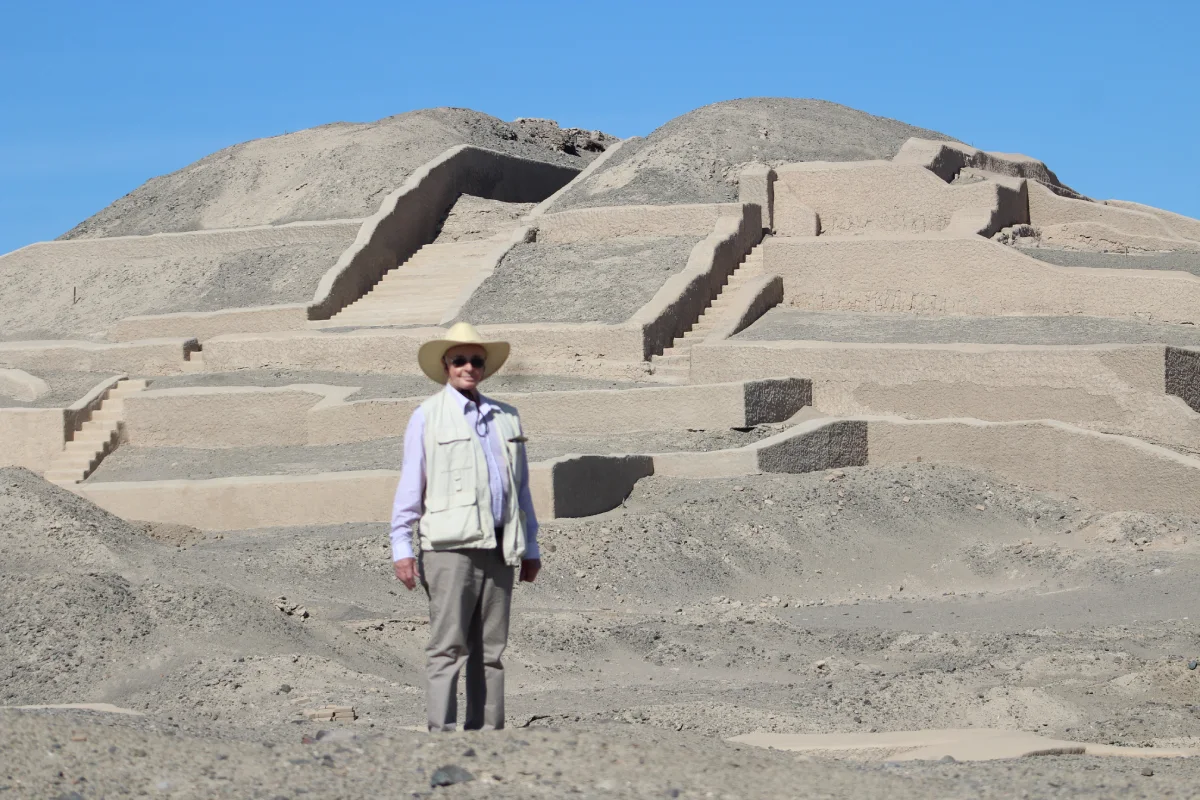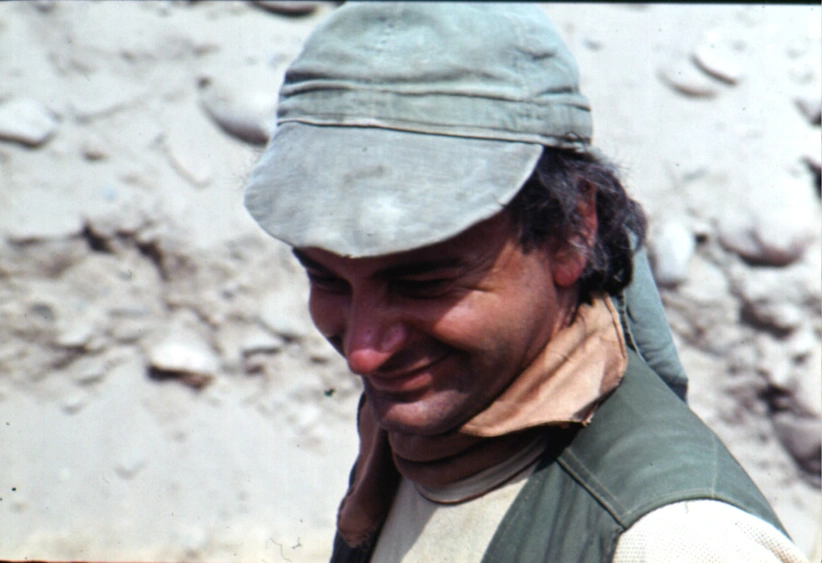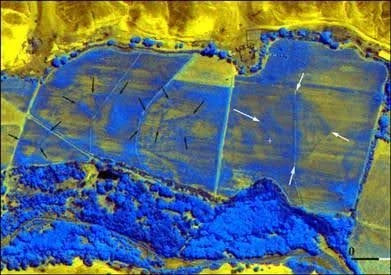Visiting Nasca is not only about marveling at its famous desert lines—it also means discovering a history full of mysteries and astonishing cultural richness. To go beyond mere wonder, to truly understand the Nasca Lines, we must look into the culture that created them: the Nasca. A civilization that existed two thousand years ago, not only imprinting its artistic designs on the pampas (also present in their beautifully crafted ceramics and vessels), but also building vast aqueducts for the rational management of underground water, and constructing a gigantic ceremonial citadel at the edge of the valley.

Thanks to the work of numerous archaeologists and specialists, most notably María Reiche, we now know how the lines were made—using a simple pantograph-type principle. Yet their purpose remains a mystery. What we know for certain is that the people who inscribed the pampas were humans like you and me; extraterrestrials had nothing to do with it. We also know that the Nasca Lines cannot be understood without understanding their environment, their culture, and the people who created them.
Two of the most important places to grasp this legacy are the archaeological site of Cahuachi—the ceremonial citadel of the Nasca, referred to by Italian archaeologist Giuseppe Orefici as a “pulsating center” and the largest adobe ceremonial city in the world—and the Antonini Museum, where artifacts recovered over 40 years of excavations and scientific research are displayed. This museum has become the gateway to the past of this civilization.
A Fascinating Journey Through Time
The Antonini Museum, located in the city of Nasca just a few blocks from the main square, is a didactic museum housing many of the findings from excavations at Cahuachi and other archaeological sites in the region. Named in honor of Italian archaeologist Fr. Antonio Antonini, the museum has served since its inauguration as a space not only to preserve invaluable artifacts, but also to transmit the cultural and historical significance of the Nasca civilization to all generations.
The Nasca culture left traces far beyond the desert lines. Thanks to archaeological work, particularly that led by Giuseppe Orefici and the CEAP (Center for Pre-Columbian Archaeological Studies), thousands of artifacts have been rescued and are now exhibited in the museum.
Without this space, many of these objects would remain hidden from the world—or worse, risk being lost forever. The Antonini Museum acts as a bridge between past and present, ensuring the legacy of the Nasca endures.
A tour through the museum feels like stepping into a time machine. Each room is carefully arranged so that visitors not only view objects, but also understand the stories behind them.
Highlights of the Antonini Museum
1. Nasca Ceramics
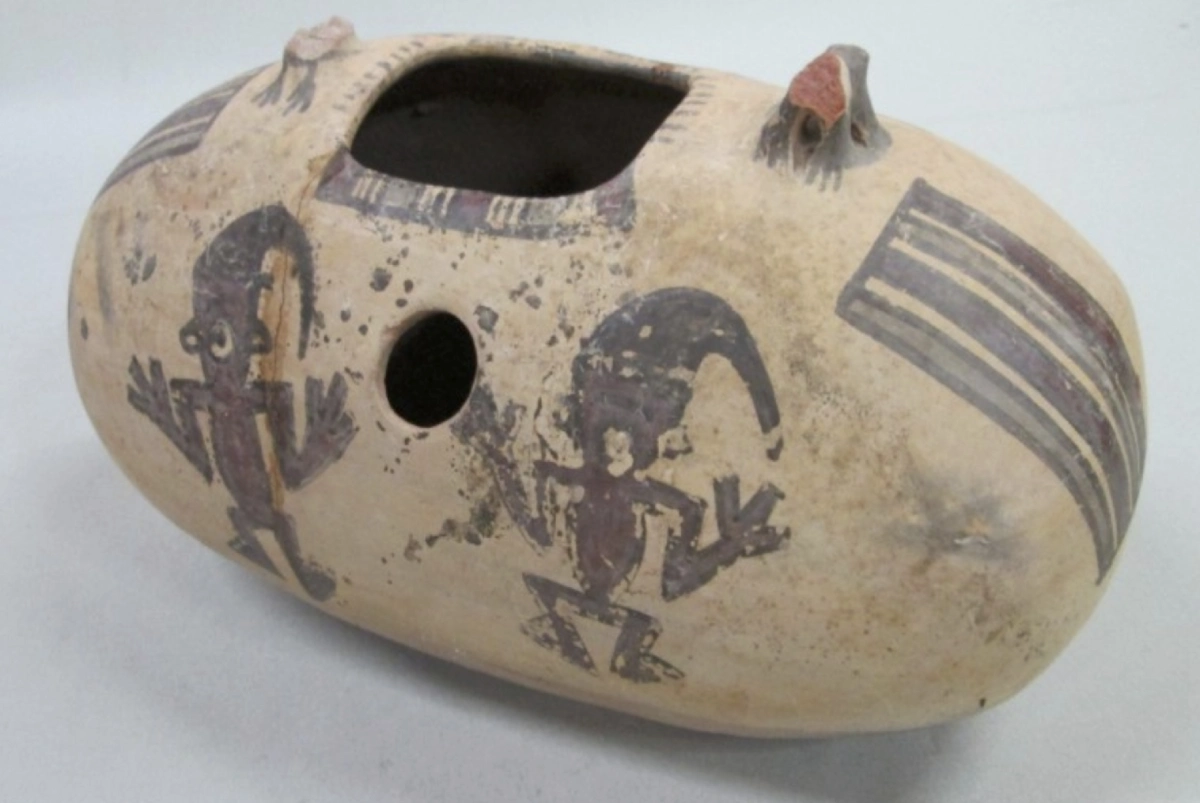
One of the museum’s greatest treasures is its collection of ceramics. Renowned for their bright colors and symbolism, Nasca ceramics depict scenes of daily life, mythical figures, and representations of nature. These pieces were not merely utilitarian—they carried deep cultural and spiritual meaning.
2. Textiles
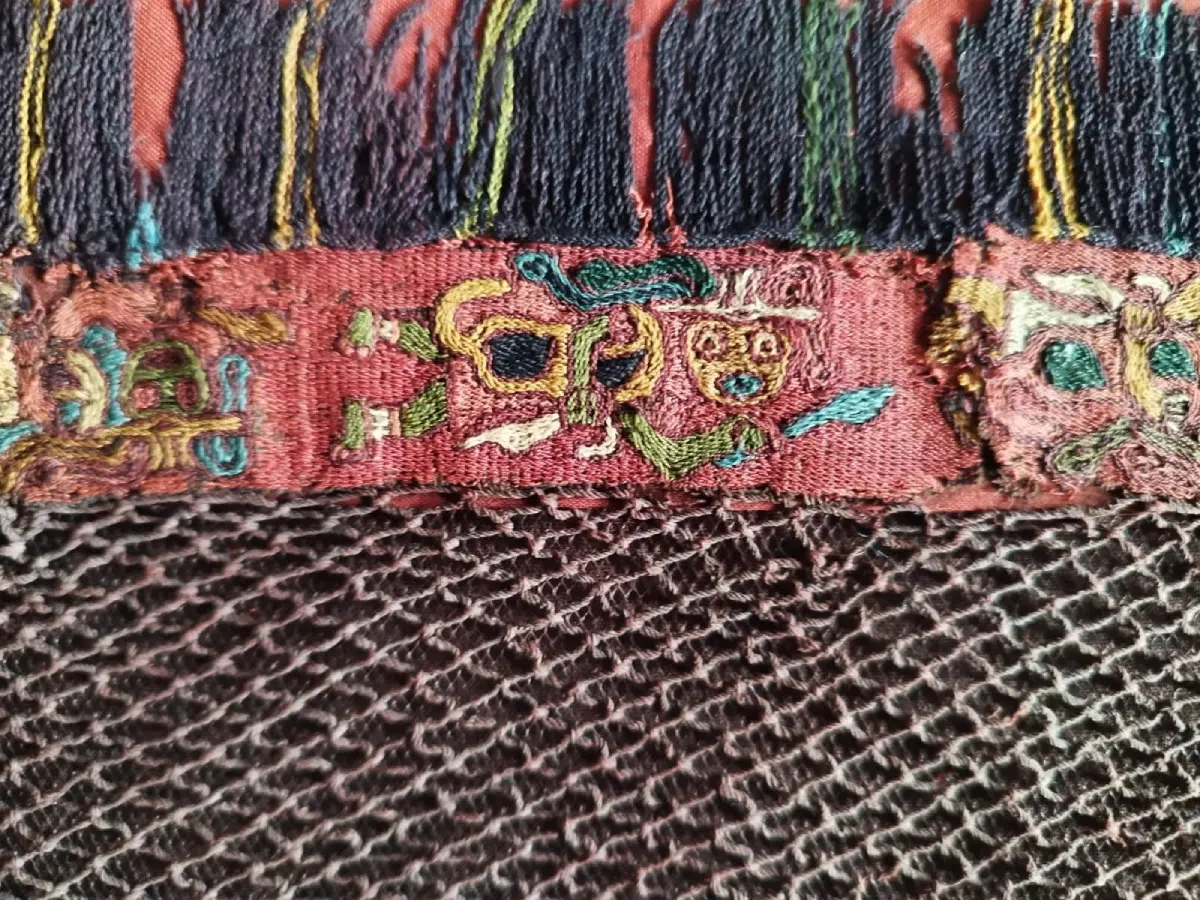
Though the desert climate is harsh, it has preserved textiles that would otherwise have been lost. The museum displays fabrics with intricate designs made from cotton and wool, reflecting the Nasca’s advanced textile knowledge.
3. Musical Instruments

Music played an important role in Nasca ritual life. The museum’s collection of instruments shows how ceremonies and celebrations were accompanied by unique sounds. Two fascinating details reveal their technological sophistication:
- Ceramic panpipes and flutes.
- Small whistles capable of producing frequencies inaudible to humans but perceived by animals, which proved useful in agricultural society and for security against external threats.
4. Architectural Remains and Models
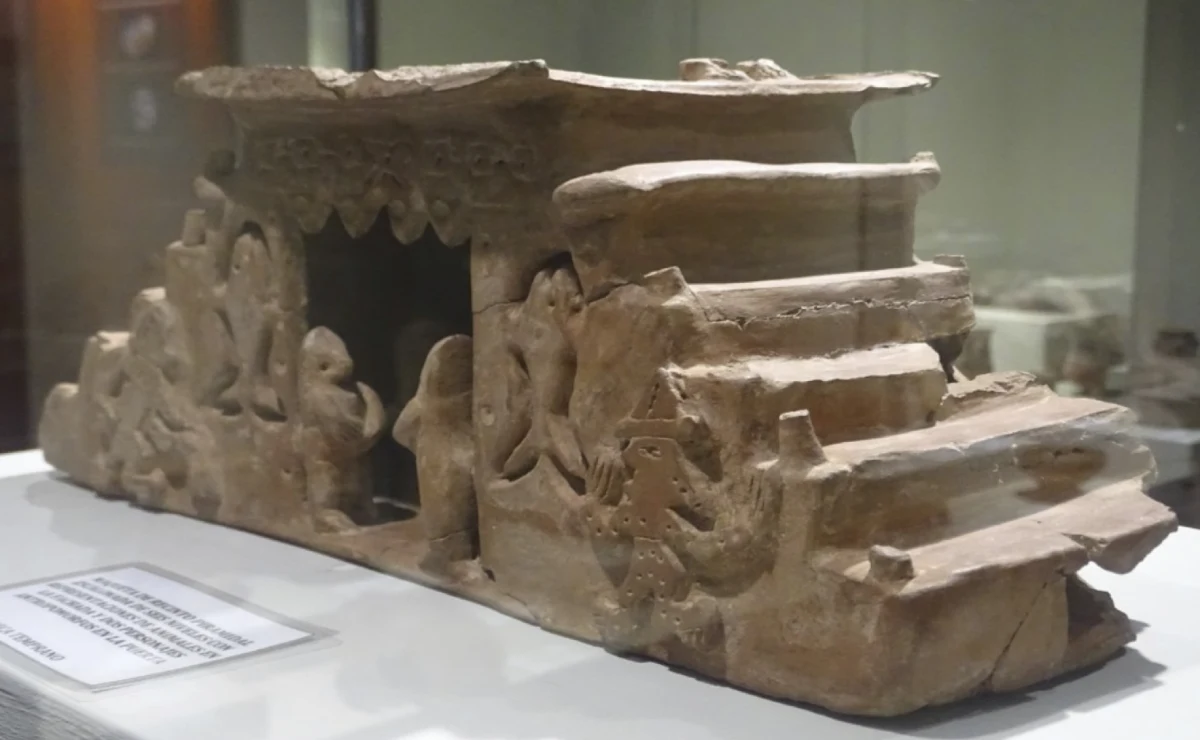
An aqueduct in the museum
A special feature of the Antonini Museum, located within its outdoor area, is a section of the Bisambra aqueduct, part of the hydraulic system created by the Nasca.
This system of underground aqueducts, known as puquios, is one of the great works of pre-Hispanic engineering that still amazes today for its effectiveness. The fact that the museum includes this remnant makes it a living space, where history is not limited to display cases but is shown in its real context.
The Antonini Museum is not just a place to see ancient objects, but a complete experience.
Some reasons to include it in any travel itinerary:
- You will better understand the Nasca Lines. Before flying over them, it’s important to know the cultural background that gave rise to them.
- You will gain an in-depth view of Nasca life. Its ceramics, textiles, and models provide a clear portrait of their worldview.
- You will support conservation. Every visit contributes to maintaining a space that protects Peru’s cultural heritage.
- It’s an accessible experience. Located in the city of Nasca, it’s easy to include in any itinerary.
Why Visit the Antonini Museum?
- To better understand the Nasca Lines. Before flying over them, it is essential to grasp the cultural background that produced them.
- To explore Nasca life in depth. Through ceramics, textiles, and models, visitors gain a clear picture of their worldview.
- To support conservation. Each visit contributes to the upkeep of a space that protects Peru’s cultural heritage.
- To enjoy easy access. Located within the city of Nasca, the museum is simple to include in any itinerary.
An Educational Museum
Education is one of the museum’s central missions. It goes beyond displaying artifacts, aiming to share knowledge with students, researchers, and the general public.
Through talks, guided tours, and didactic materials, the Antonini Museum helps new generations appreciate the richness of Nasca culture and understand the importance of preserving it. Although in different locations, the Antonini Museum and the ceremonial center of Cahuachi are deeply connected. Much of what is displayed at the museum comes from excavations at this citadel, which, according to Orefici, covered more than 24 km² and is considered the largest adobe ceremonial site in the world. Visiting both offers a complementary experience: Cahuachi shows the monumentality of Nasca architecture, while the Antonini Museum reveals their daily and spiritual life through artifacts.
Tips for Your Visit
- Take your time. The full tour may last between 1 and 2 hours.
- Ask for guided tours. Guides provide valuable insights that enrich the experience.
- Complement your trip. Ideally, visit the museum before flying over the lines or touring Cahuachi, for a complete overview.
- Bring your camera. Many rooms allow photography (without flash).
The Antonini Museum is not just a place to see ancient objects—it is a portal to the heart of the Nasca culture. Visitors do not simply observe artifacts; they connect with a worldview that continues to inspire admiration and respect. If you truly want to understand the greatness of the Nasca, their history, and their legacy, this museum is a must-visit. Each piece it holds is a reminder of the creativity, knowledge, and spirituality of a people who left an indelible mark on the southern Peruvian desert and who reemerge today to share their magnificence and achievements.
